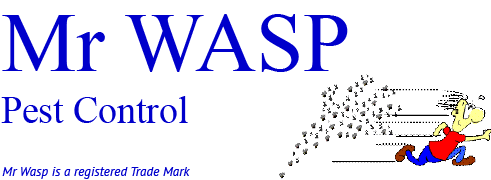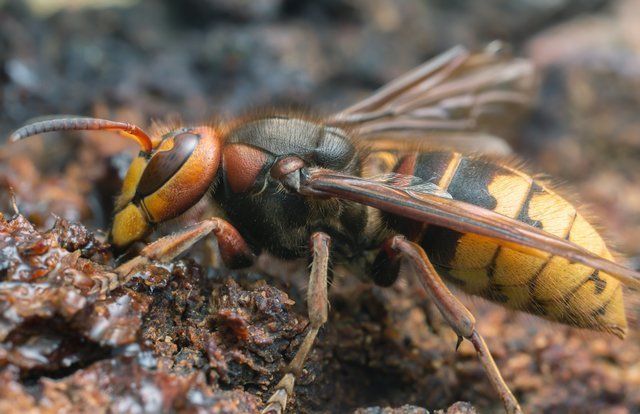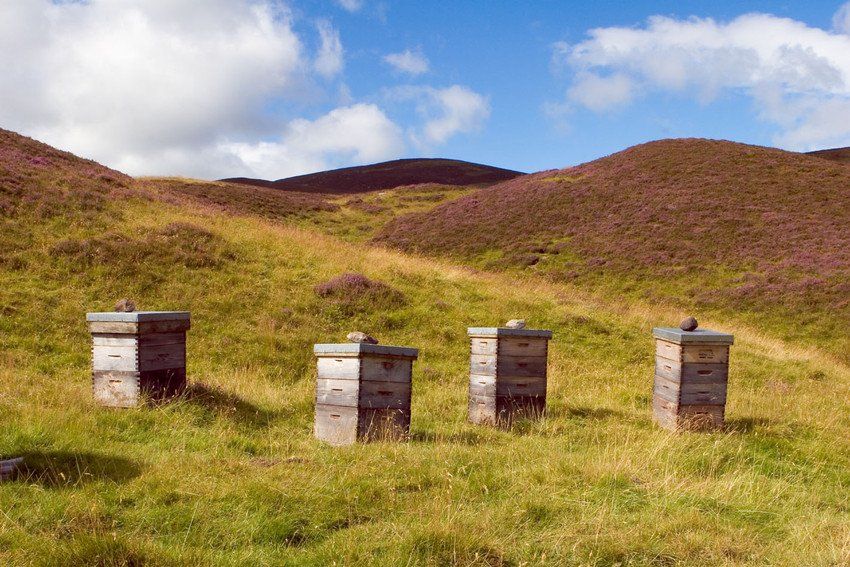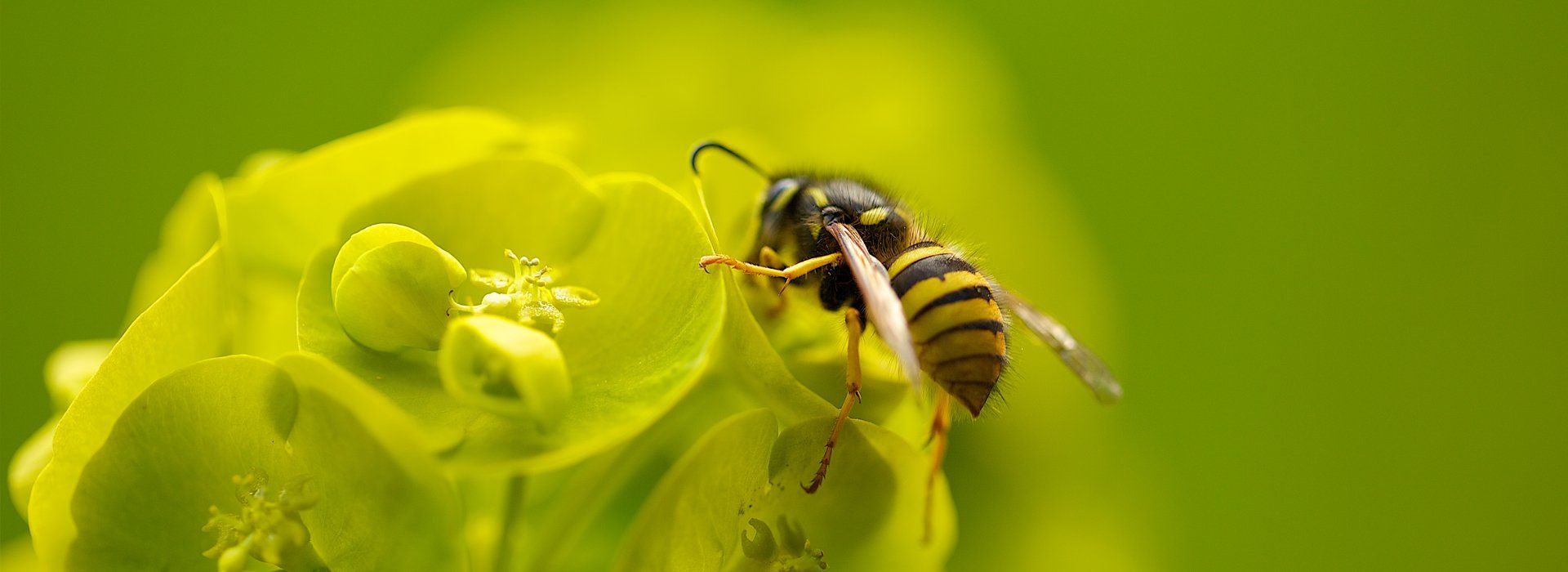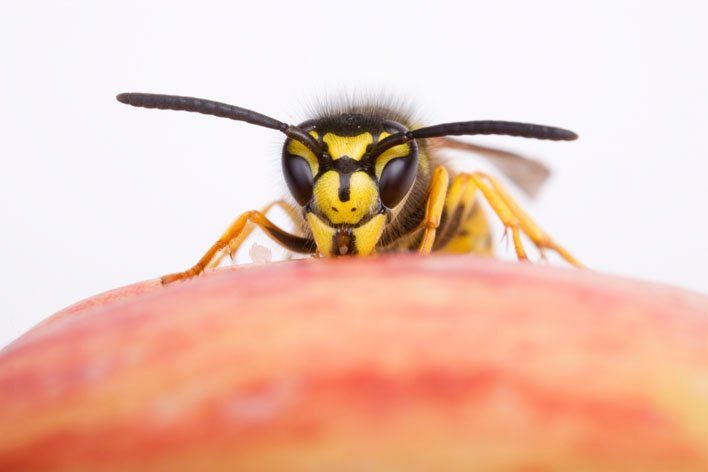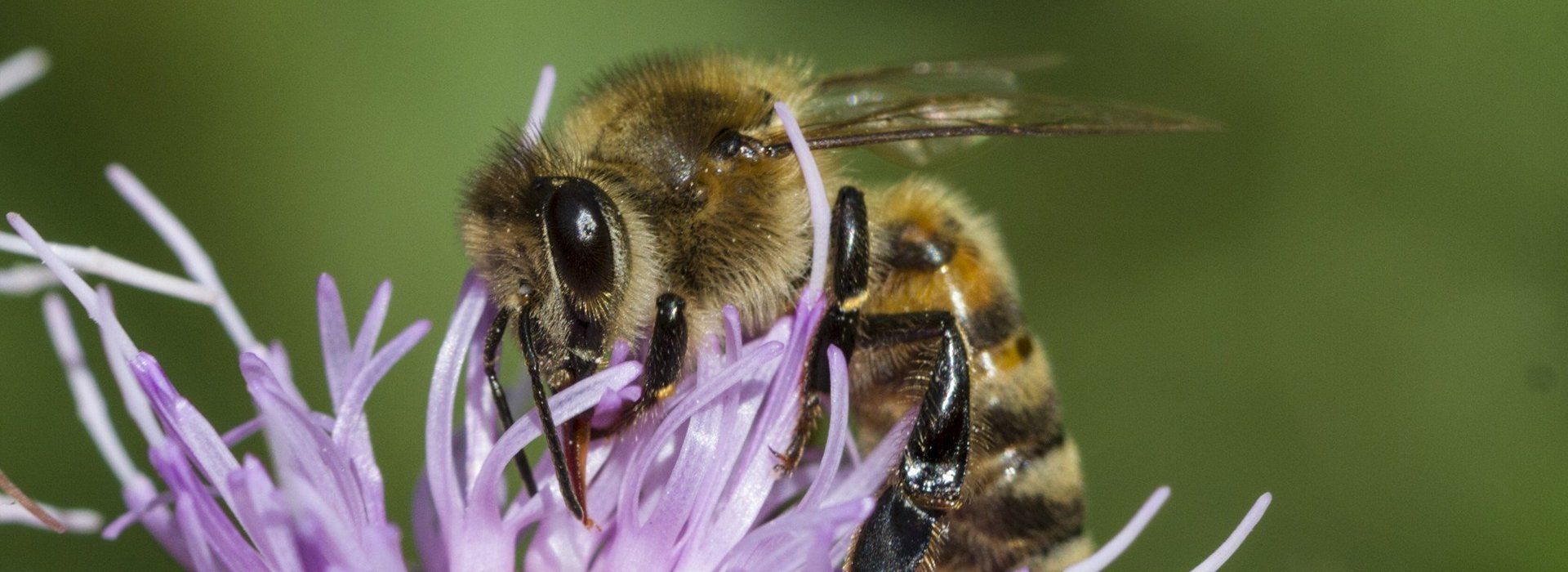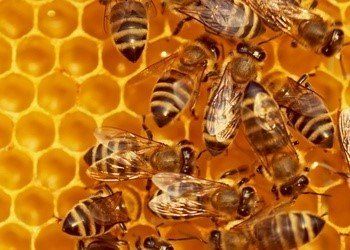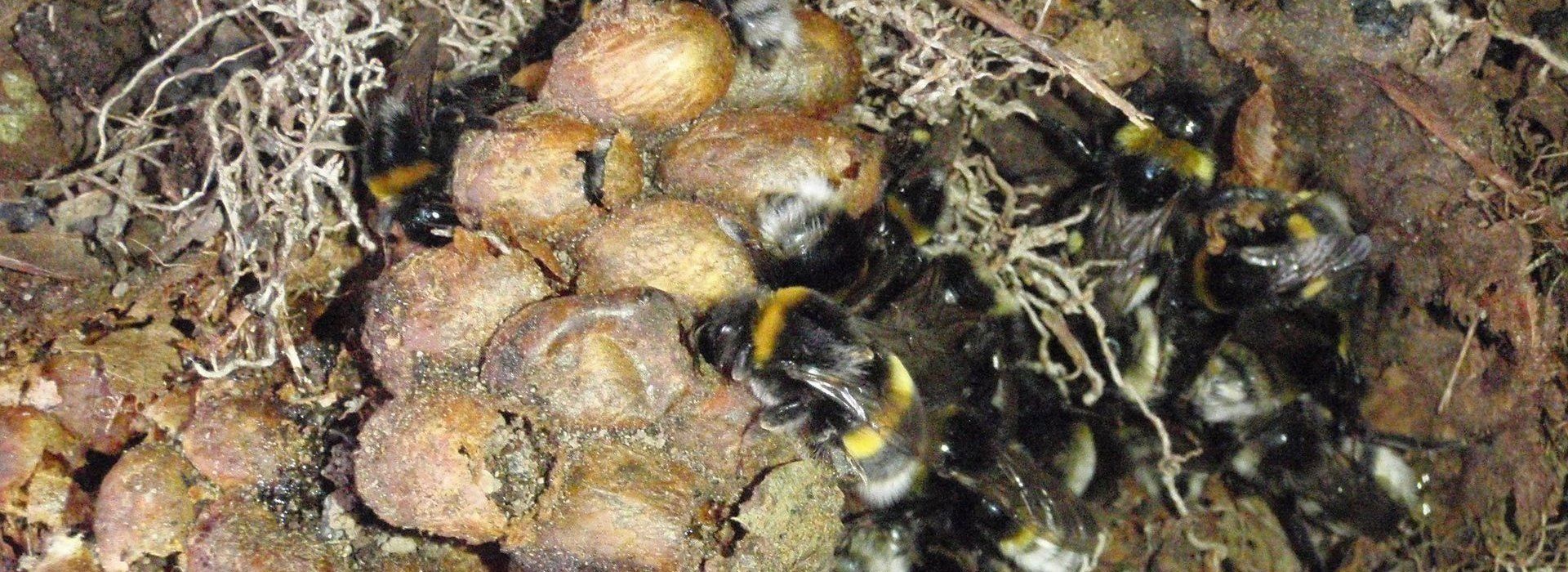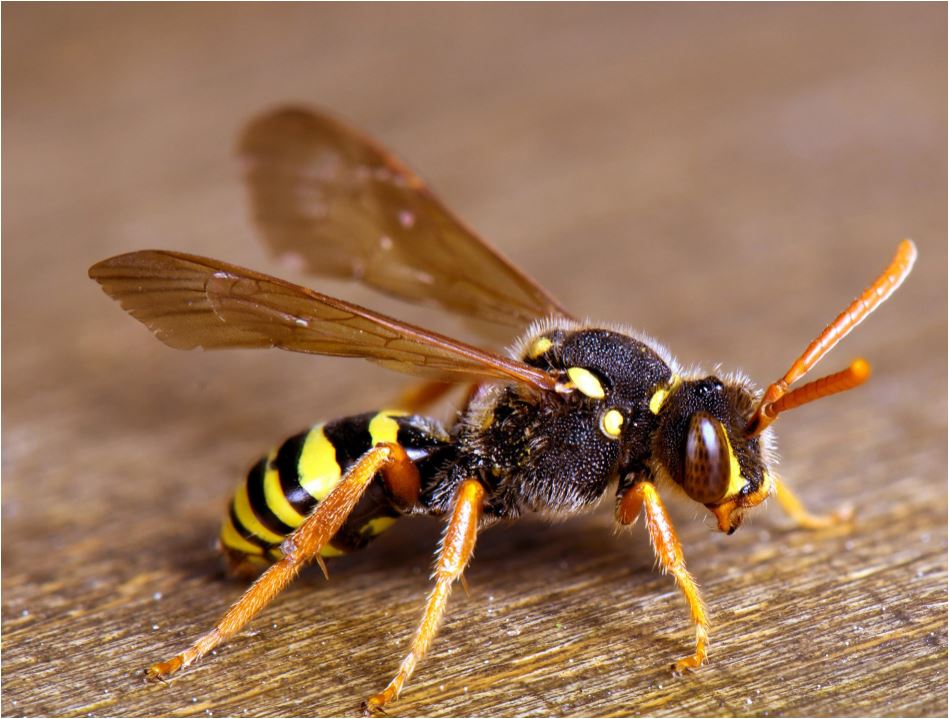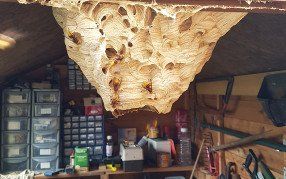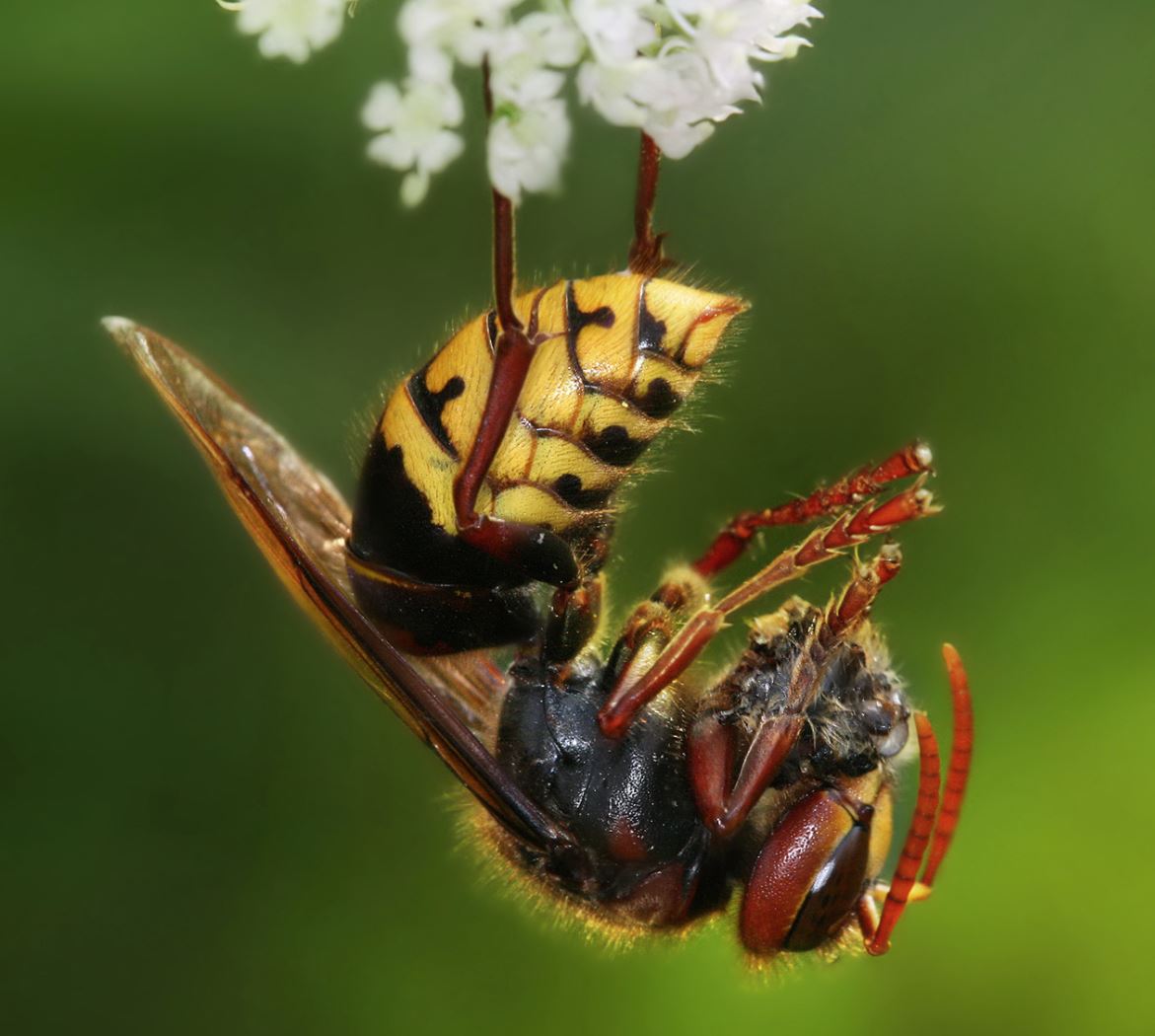Hornet Removal Tips and Tricks
The hornet is the scary big brother of the wasp and when we spot them in our homes and gardens, it can be particularly worrying. Not only do they give a pretty nasty sting, but they also release an ‘attack pheromone’ which acts as a war cry to the rest of the colony to rally the troops. Hornets usually emerge in the spring and if you spot a nest, it’s essential that you know how to deal with it.
Hornet nests pose a threat to homes and families across the UK, so removing them to eliminate this risk is often the only solution. If you run a business like a shop or restaurant, it’s even more important that you tackle the issue head on as you have a duty of care to protect your staff and customers. In both cases, it’s always recommended to enlist professional pest control services. However, if you’ve got the right equipment (and a thick skin!), you may be able to remove a hornets’ nest yourself.
Below, we explain everything you need to know about hornets, including the do’s and don’ts of treating nests yourself and when to call in the professionals.
The hornet is the largest of the social wasps and despite opinion, hornets are actually less aggressive than common wasps- they’ll only sting if provoked or their nest is under threat. Wasps, bees and hornets are often confused, so how exactly do you identify a hornet?
Hornets are larger than most wasps, usually by up to an inch or an inch and a half. Here in the UK, you’re only likely to see a European Hornet- these look like big wasps with very little black on their body and prominent brown, red or yellowish-orange markings. Asian Hornets are slightly smaller and are mostly dark in colour, with distinctive yellow-tipped legs. Asian Hornets are extremely rare in Britain and if you see one, you should report it to the Centre of Ecology and Hydrology (CEH) as they are a threat to bee colonies in the UK.
Hornet nests have a papier-mache-like appearance and are made from wood scrapings mixed with saliva. A full-size nest will be about the size of a basketball, however, the largest wasp nest ever recorded was a whopping 5.5m in circumference ! In order to work out if you have a hornet nest on or near your property, you should follow hornet flight patterns; if there are lots of hornets coming and going, it’s likely that a nest is nearby.
Nests are usually up high where they are protected, for example, under trees, in bushes, in wall cavies, under eaves or even in a shed or garage. However, don’t underestimate the hornet- they will nest pretty much anywhere where their colony can be kept safe.
Like any other territorial insect, a hornet will fight to defend its nest and colony. It has a smooth stinger like a fencing sword and can sting multiple times without any harm to itself, unlike bees who die after engaging their stinger. When a hornet stings, a pheromone is released that alerts the rest of the nest that they’re in danger, so if you get stung once, expect to see reinforcements approach pretty quickly.
At best, a hornet sting is extremely painful and will cause the skin to swell and itch. At worst, if you’re allergic to insect stings, you’ll go into anaphylaxis and will need to call 999 immediately. Children, elderly people and household pets are particularly sensitive to wasp and hornet stings, so it pays to deal with a hornets’ nest as soon as possible.
If you do get stung, wash the affected area with soap and water and apply an ice pack for at least 10 minutes. Elevate the sting in order to reduce inflammation and try not to scratch it!
Can I prevent hornets and their nests?
Once a hornet colony has decided to descend upon your property, there’s often very little you can do to stop them. However, there are a few ways you can try to manage the situation before it gets out of hand:
●Keep your windows and doors closed as much as possible and use fly screens in the summer so that the hornets can’t get inside your home.
●Cover and enclose your outside bins- hornets and wasps are attracted to food, so if you have an overflowing bin, insects will outstay their welcome.
●Check for nests in early spring when they’re only just forming and easier to manage.
If a hornet nest does appear on or near your property and you think it could pose a threat to public safety, it’s time to consider treatment and removal.
The do’s and dont's of removing a hornet nest
If you feel that it’s safe to treat a hornet nest at home, you can purchase various off the shelf insecticides to wipe out the colony. Insecticides come in sprays, liquids or dusts which you place on or near the nest for it to be removed at a later date.
When it comes to home hornet nest removal, it’s only advisable to do so in the autumn and winter months when hornet activity is at a minimum. Any other time of year we’d always recommend calling a professional pest control company . Below we detail a few do’s and don’ts regarding hornets’ nest removal if professional services aren’t necessary:
● Don’t attempt to treat or remove a hornets’ nest if it’s not detrimental to public safety. Hornets are crucial players in the cultivation of British wildlife as they reduce pest populations, so if the hornet nest isn’t bothering you, leave it where it is and remember that it will only be active throughout spring and summer.
● Don’t deal with a hornets’ nest during daytime hours. Hornets are far more likely to sting during the day and if you’re attempting to wipe out the colony, bear in mind that most of them will be away from the nest throughout the day.
● Don’t set the nest on fire. Although it may look as if it’s made of paper, a hornet nest should never be set alight. This is simply dangerous and if it gets out of control, can be extremely damaging to you and your property.
● Don’t wear a headtorch. Whilst it’s essential to treat a hornets’ nest at night, try to avoid lighting yourself up with torchlight. Hornets are attracted to light so will surge towards where light is shining from. You could try hanging a light from a nearby tree instead of directly on your person.
● Use the correct equipment. You’ll need a sturdy ladder, strong long-handled pruning shears, a very thick bin bag and some form of light so that you can see what you’re doing. Always bring someone with you to hold the ladder and keep an eye on you.
● Remove the nest after sunset. This will ensure that as many hornets as possible are in the nest, and is also much safer for you too. Hornets can’t see well in the dark and so will be disorientated.
● Wear protective clothing. When it comes to clothing, the thicker the better. If you can borrow or hire a beekeepers suit, you should definitely do so. It’s essential to protect your eyes and face as much as you can as a hornet sting to the face can be nasty.
● Be cautious. Take extra care throughout the removal process and if you’re not confident in your ability or you don’t have the correct equipment and protective gear, you should always call in the professionals.
Contact a professional hornet removal service
Treating and removing a hornets’ nest is not for the faint-hearted. Even if you’re feeling brave, you may end up with lots of painful stings and an even angrier colony of hornets. Professional pest control specialists are trained and qualified to deal with hornets’ nests so that you don’t have to. They have speciality equipment, enabling them to treat hornets’ nests efficiently from a safe distance and reduce the chance of being stung.
Pest control experts wear protective clothing, including hats with mesh veils and specialist leather or rubber gloves. They use professional standard insecticides that aren’t available to the public and are guaranteed to work every time- when you buy a treatment over the counter, you could potentially enter into a dangerous trial and error process leading to aggressive hornets and nasty stings. In order to reach nests at a height, professional pest control experts have a bank of equipment to access hard-to-reach places safely.
Overall, a professional exterminator will get the job done safely and efficiently with no damage or harm to you, your family or your property. They’ll have seen wasp, bee and hornets’ nests of all shapes and sizes so can proficiently decide on the appropriate solution for you. Generally, pest control specialists apply insecticide near the entrance of a nest so the hornets then bring the chemical into the nest which slowly eliminates the colony. You can then either remove the nest yourself or ask the exterminator to finish the job for you.
Mr Wasp: Bee, wasp and hornet exterminators
Here at Mr Wasp, we are one of the leading pest control companies in South Wales. Our expert team can deal with any pest problem quickly and safely- no job is too big or small. Whether you have a problem with wasps, hornets or bees, our highly skilled extermination specialists have the knowledge and expertise to ensure your property is free from pests and your family are safe from harm.
Whatever the time of day or night, do not hesitate to give your local Mr Wasp specialist a call. You can find our list of local contact numbers on our website, or if you’d simply like some advice about a pest problem, why not drop us an email on our contact us page? With Mr Wasp, your bee, wasp or hornet problem will buzz off in no time.
